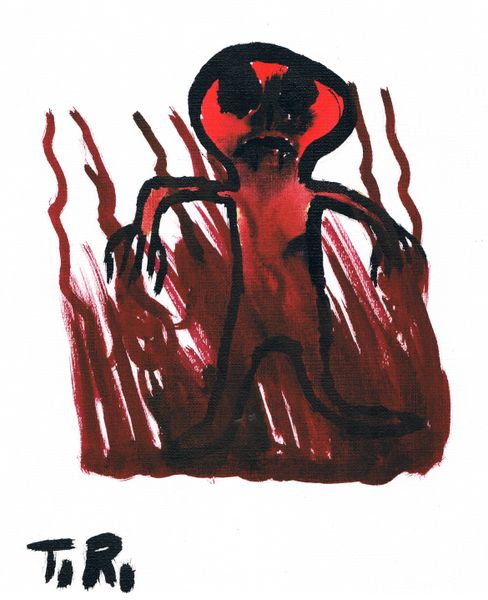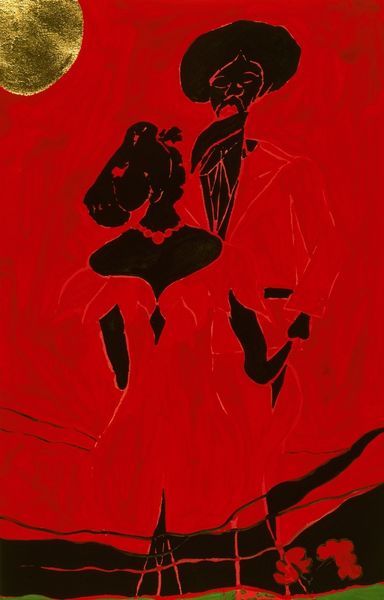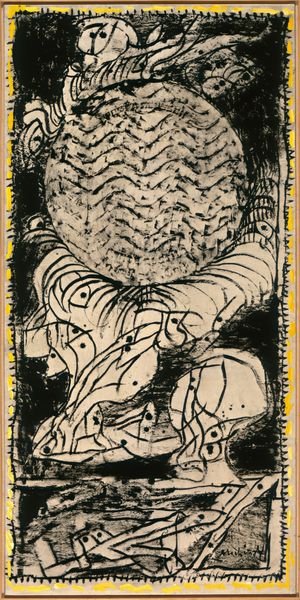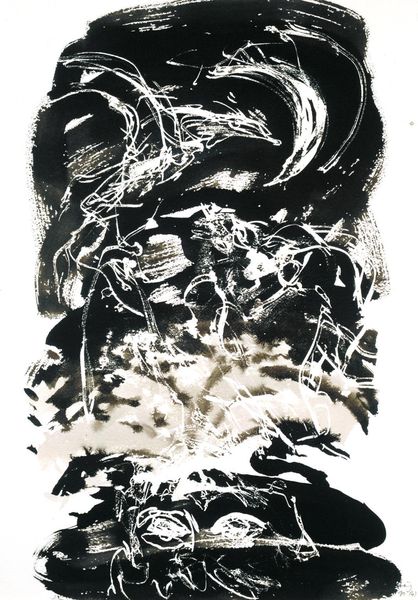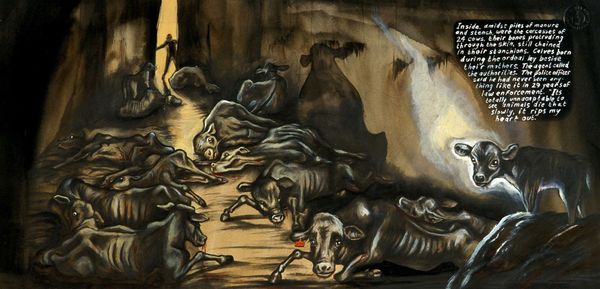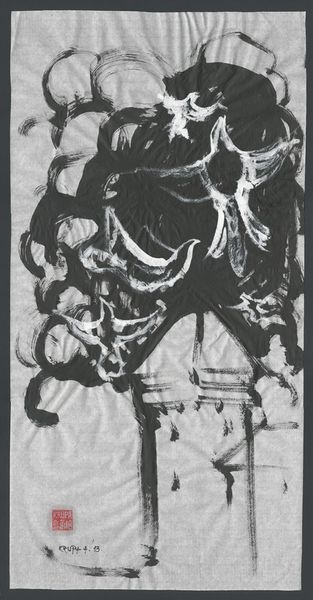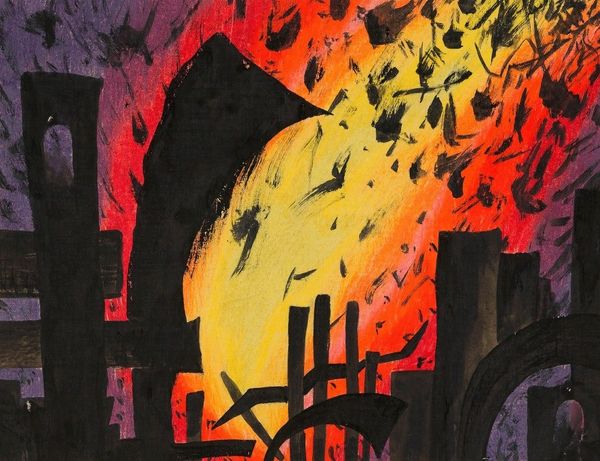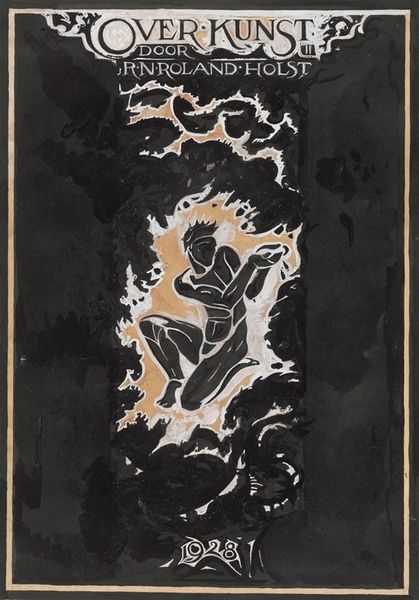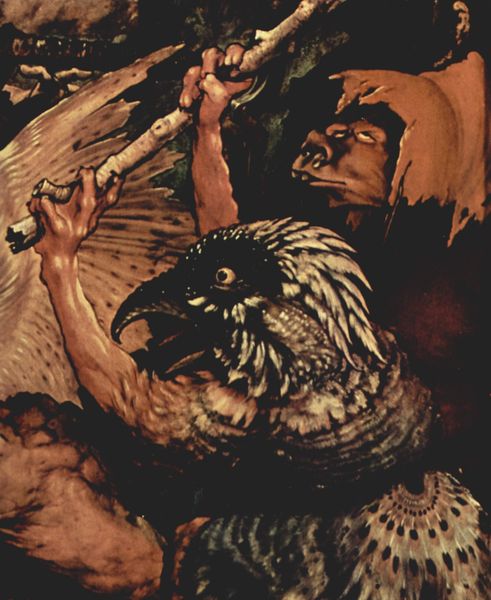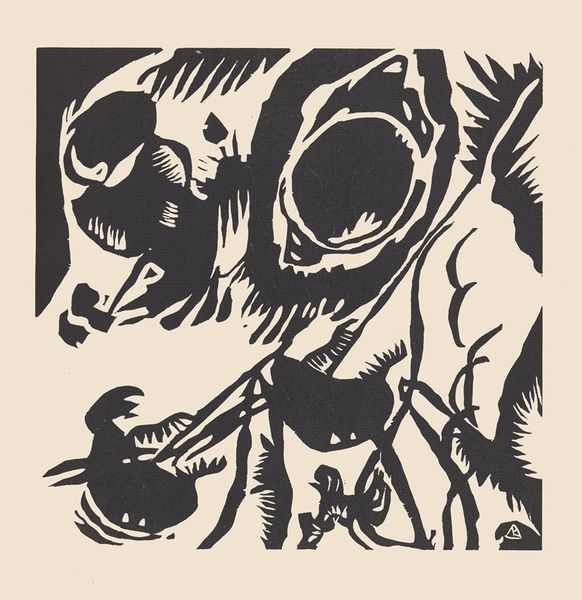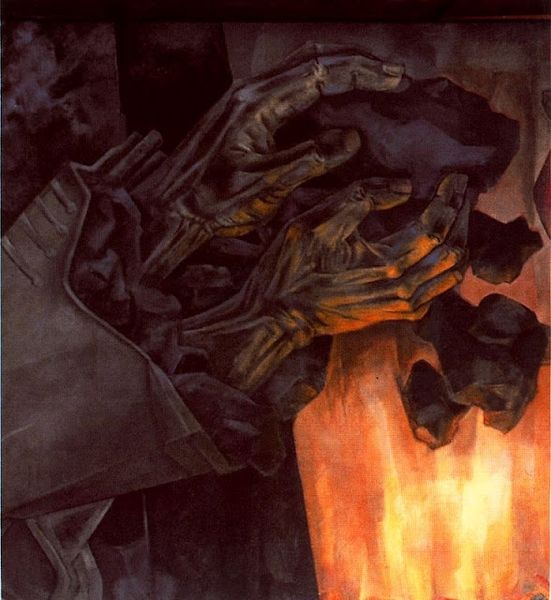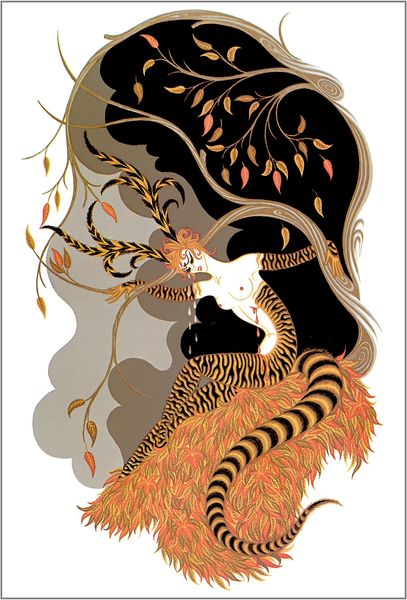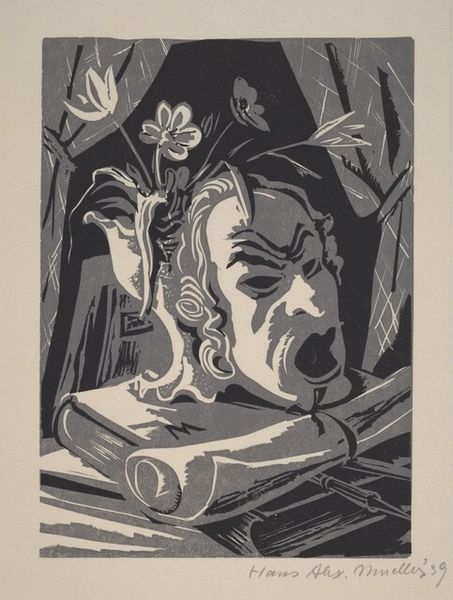
painting
#
painting
#
landscape
#
figuration
#
les-nabis
#
symbolism
Copyright: Public domain
Editor: We’re looking at an Untitled painting by Paul Ranson. It's difficult to pinpoint the date, but it has strong characteristics of Les Nabis and Symbolism. The work primarily consists of silhouette-like figures in black against shades of orange. The longer you look at it, the more unsettling it becomes, would you agree? How might we interpret these shadowy forms through a historical lens? Curator: Absolutely, and that sense of unease is intentional. Consider the sociopolitical climate around the turn of the 20th century, when Symbolism was flourishing. There was widespread anxiety about societal decay, shifting power dynamics, and the perceived loss of traditional values. Ranson, deeply embedded in the Nabis group, translated those anxieties into a visual language. Does this make sense? Editor: It does. So, these dark shapes aren't just figures; they are also reflections of a broader cultural mood? Curator: Precisely. And look at the composition. The flattening of space, the use of symbolism and simplified forms; are a revolt against academic art which the Salon system had traditionally imposed on artists and the public, it signifies a desire to break from tradition, to explore inner worlds and the mysteries of human existence which are hard to fully explore with the Salon system, and this adds to the work's political power as a symbol of the burgeoning avant-garde.. Editor: So, the *way* it's painted is just as crucial as *what* is painted. Curator: Precisely! Museums and galleries in that era struggled with presenting such radical departures. How do you make sense of that push-pull between challenging norms and gaining acceptance? Editor: It sounds like artists were actively shaping not just art itself, but also the very institutions that exhibited it! Curator: Exactly. What begins as avant-garde becomes, with time, integrated and perhaps later perceived as normal within mainstream society and later enshrined in the official, academic, view of art. Ranson’s “Untitled” isn’t just a mysterious painting; it is evidence of artists redefining their role and place within an establishment. Editor: That's given me a lot to think about regarding art and its position in culture.
Comments
No comments
Be the first to comment and join the conversation on the ultimate creative platform.
